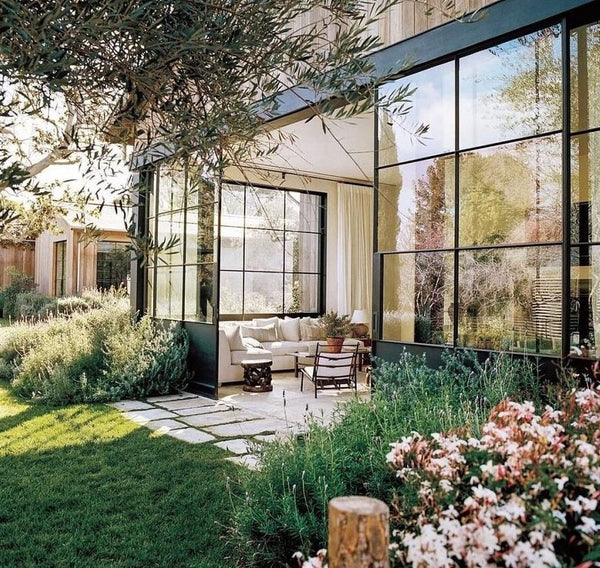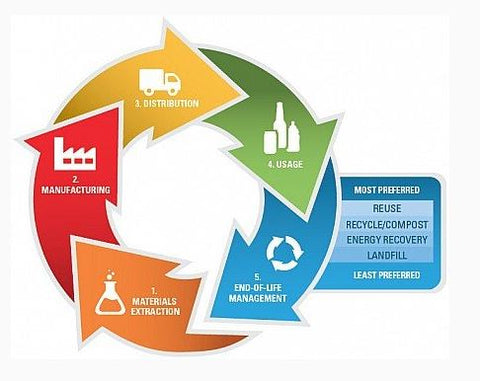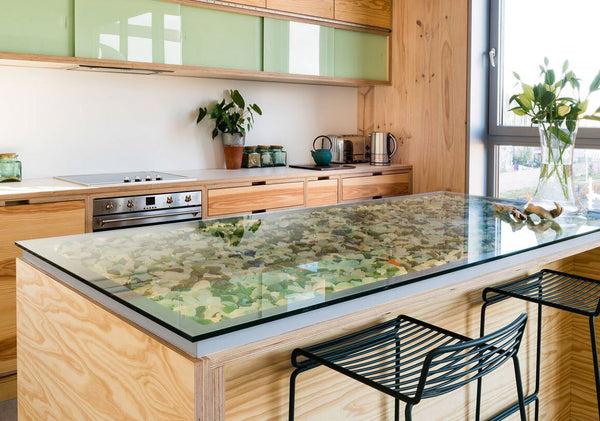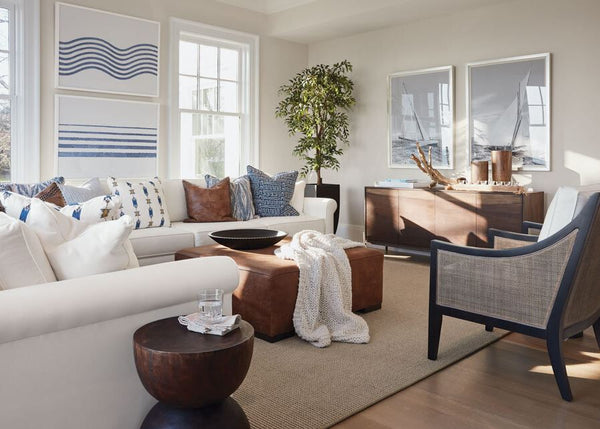Go Green!
Climate change and global warming are now very real threats that resonate all over the world. Finally, people are taking a pause and considering how their actions and lifestyles are impacting the environment - from the simple act of bringing reusable bags, choosing to shop second hand, to selecting sustainable materials for their homes.
In design, sustainability has proven to be more than just a trend and is becoming a standard and necessary practice in the industry. Because Interior designers decide the materials and products that will be used in a residential or commercial structure, they play an important role in building a sustainable future.
WHAT IS SUSTAINABLE INTERIOR DESIGN?
Sustainable or Green Interior Design creates indoor spaces with choices that reduce environmental impact. The designer’s challenge is to create a design and source eco-friendly materials that maintain the functionality and durability of the structure, without sacrificing the aesthetics.
Leadership in Energy and Environmental Design (LEED) is the most widely used green building rating system in the world. One of the main categories for assessment in the LEED is Indoor Environmental quality. This category emphasizes the use of eco-friendly materials, reductions of indoor pollutants and improvement of the quality of air, lighting and thermal comfort. LEED certified homes are designed to provide clean indoor air and ample natural light and to use safe building materials.
ELEMENTS OF SUSTAINABLE DESIGN
Interior designers have the power to educate their clients about the merits of sustainable living and encourage this practice in their home building or renovations projects.
The three important elements of sustainable interior design are: lighting, material and furnishing.
-
Lighting: design for energy efficiency - energy consumption, namely of light and heat, are responsible for gas emissions. The main objective of a sustainable interior design is to plan a space that does not hinder the natural light from entering the room. Strategic placement of windows lessens the need for artificial lighting and affects the room temperature, therefore preserving overall energy use. Use of light colors or reflective surfaces to control the amount of light in a room can largely help in minimizing the need for appliances that regulate room temperature and illumination.

When artificial lighting is needed, the conscious choice to use energy saving fixtures such as LEDs, halogens and compact fluorescent light bulbs should be made.
-
Material: design for low environmental impact - materials can be classified as green based on their biodegradability, chemical content, longevity, and renewability. Simply put, sustainable materials should not become waste, nor their manufacturing create waste.

The designer’s job is to design for longevity through careful selection of the best suited materials for each part of the structure and create timeless, classic spaces that will not require so much changes over time. That loosely translates to choosing organic, quickly renewable, non-polluting materials. Choose local wherever possible, to have less need for long distance transportation and reduce emissions.
The good news - these natural materials are not just good for the earth, they do look amazing as well! Wood, glass and natural stones never looked better - in fact, they work very well with a minimalist, modern aesthetic. And because sustainability is about using abundant materials in the environment, it is an inevitable, welcome effect that a sustainable design creates Biophilia, which is all about evoking the feeling of nature indoors.

Other materials on top of the sustainable list: Bamboo for being fast growing, and Glass, for being easily recyclable, and having endless unique uses, just like this glass countertop, instead of the usual marble or tile.

-
Furnishing: design for efficient use of space and healthy environments - furnishing plays an important role in the productivity of a space. The size, type, and alignment of furniture can affect the functionality of the space.
Source for long lasting, well-made pieces so that these can be recycled for future generations, or whenever possible, look into repurposing old furniture before buying a new one. Antique and vintage décor are popular options for interior designers because of their quality and unique character, a far cry from the usual mass produced items we see in stores.

Well-chosen materials suited to your climate also contribute to energy efficiency. For colder places, insulated window coverings help retain heat in the winter or cold in the summer. And did you know carpets are more than just decorative and are actually excellent thermal insulators? According to estimations, a carpet retains as much as 10% of a room’s heat, putting less strain on your heating system. Textiles such as wool, linen and hemp are sustainable materials and would work great for curtains, beddings, and rugs, among other things.
And don’t forget the plants - they improve air quality and help cool down a space!
CONCLUSION
Given that we only have one planet and its resources are fast depleting, it cannot be stressed enough that a sustainable design should now be the guiding principle for which all interior projects are to be completed. Obviously, a LEED certified house or building is a tall order to achieve. Making the conscious choice to incorporate as many sustainable elements outlined here when renovating or building a home is a good first step. Ensuring that less is wasted when it comes to interiors will go a long way in taking care of the environment.

